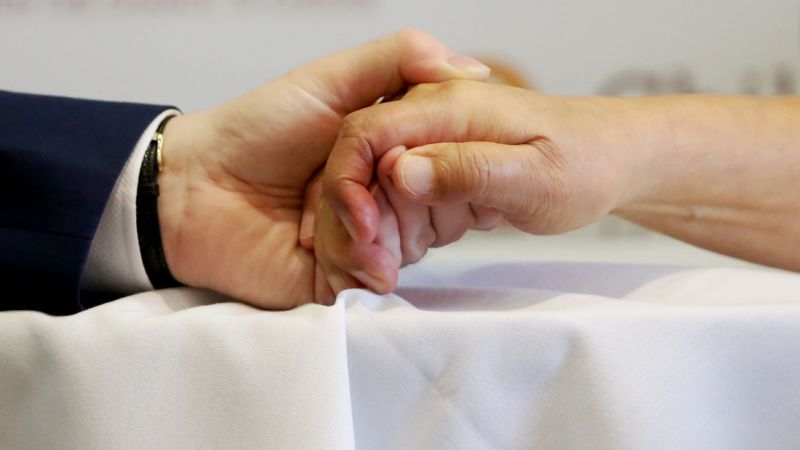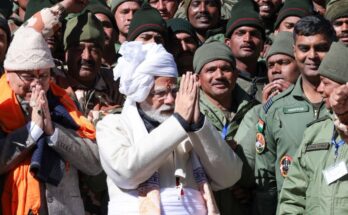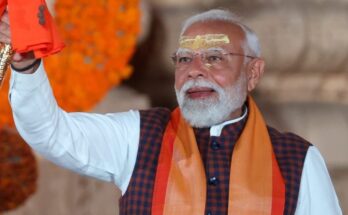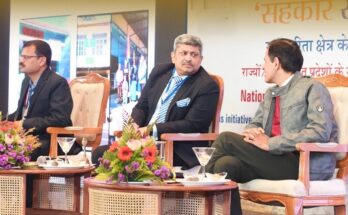Surgeons in the Australian city of Melbourne have successfully restored arm and hand movement in 13 patients with tetraplegia, paralysis of both upper and lower limbs, by using a technique which connects healthy nerves with injured nerves.
In the largest ever case study of the technique published on Friday, results showed dramatic changes for participants, who gained enough movement of their arms to feed themselves, hold a drink and brush their teeth.
All of the study’s participants were young adults with traumatic spinal cord injuries received less than 18 months prior to surgery, mostly as the result of a car or sporting accident.
The surgery involves attaching healthy nerves above a spinal injury to paralyzed nerves below the injury. Two years after which and following intensive physical therapy, patients were able to regain a life changing range of movement.
While nerve transfer surgery is not new, Melbourne based surgeon Natasha Van Zyl who led the research said that they had not previously been successful for spinal cord injuries.
“For people with tetraplegia, improvement in hand function is the single most important goal,” Van Zyl said.
“We believe that nerve transfer surgery offers an exciting new option, offering individuals with paralysis the possibility of regaining arm and hand functions to perform everyday tasks, and giving them greater independence and the ability to participate more easily in family and work life.”
While the study originally recruited 16 participants, the nerve transfers failed four times in three patients prompting the researchers to suggest more study is done to select candidates with the highest likelihood of success.
Pioneering Aussie surgery restores hand, arm movement in paralysed patients




